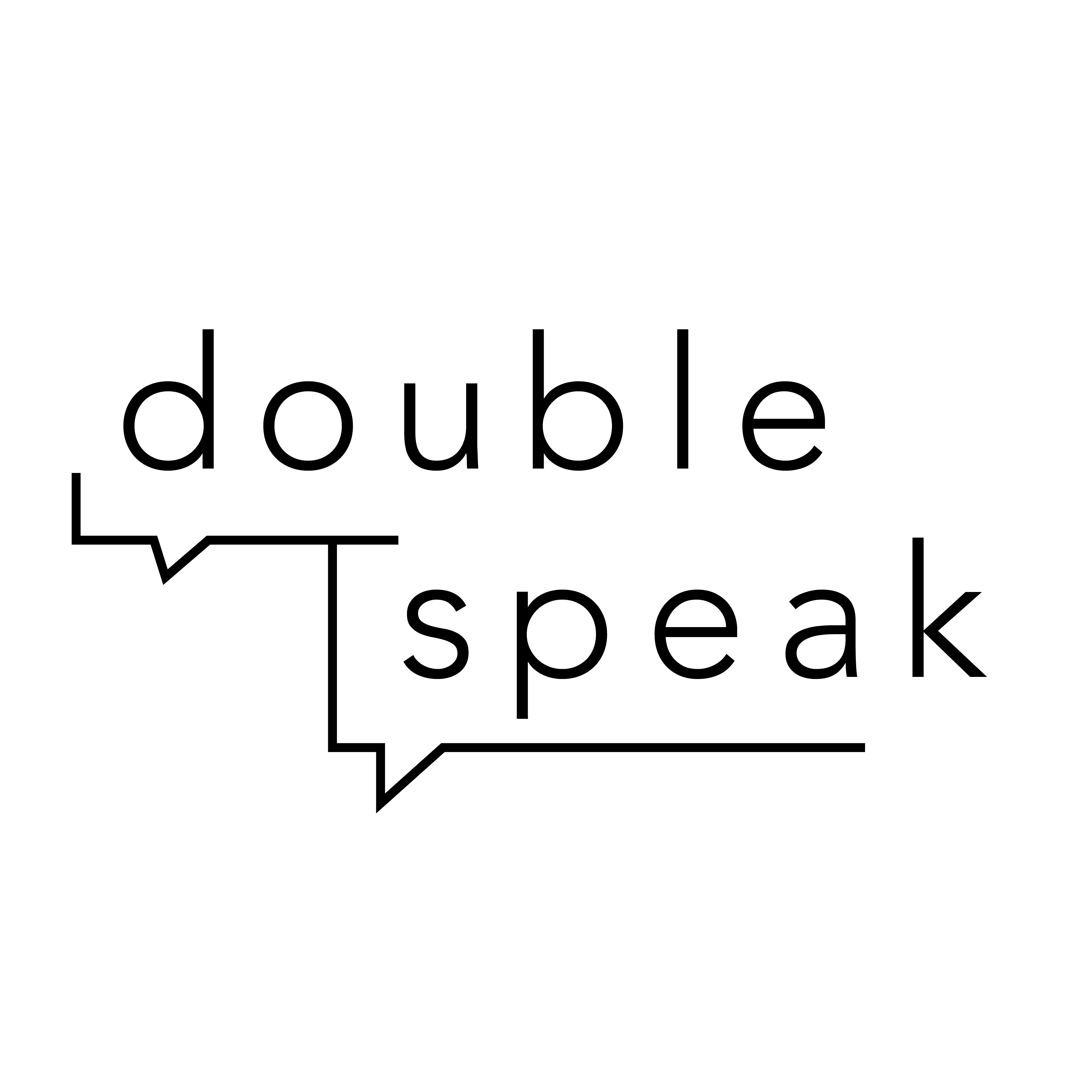
Dan Ben-Amos
on translating Nathan Alterman
“A Trial Race” was first published on October 15, 1943, in the daily, newspaper Davar in the column Hatur hashevi’i (“The Seventh Column”), so named because of its regular appearance on the seventh column of the newspaper’s second page of the Friday edition. It was reprinted in a volume of Alterman’s collected newspaper poems, Hatur hashevi’i (1948), and later in an annotated and chronological edition of these poems that appeared in 2009, edited by Devorah Gilulah.
Through his mastery of poetic language, Alterman often conceals a poem’s subtle and profound meanings under the guise of colloquial idiom and political discourse, making translation challenging. In this poem two cases stand out: the title and the key word “freedom.” In Hebrew the title refers seemingly to a “practice race,” but the Hebrew word nisayon also means “experience,” “ordeal,” and “trial.” Most importantly, the radical ns”h is the verb that occurs in Genesis 22:1 of the Hebrew Bible, which describes God’s intention and action in putting Abraham through a heart-breaking ordeal of sacrificing his son Isaac. In the present poem, the use of this verb transforms comedy into tragedy. The other key word represents a different translation problem. In Hebrew there are two synonyms, ḥofesh and ḥeirut, that are cognates of the English words, “freedom” and “liberty.” Ḥeirut is of a higher register and occurs in the Mishnah (Pesaḥim 10:5) and in the Haggadah that is read ritualistically on the evening of the first day of the Passover holiday. Ḥeirut is also a charged word in Hebrew because it occurs in an idiom expressing transition from slavery to liberty. Alterman uses both nouns, but in my translation only “freedom” appears, freeing the poem from traditional associations and positioning it in the modern days’ political discourse of Roosevelt, and political situations of Alterman’s time and ours.
about the author
Nathan Alterman (8.14.1910–3.28.1970) was born in Warsaw, Poland, and together with his family settled in Tel Aviv in 1925, where he attended the first Hebrew high school, Herzeliah. Upon graduation in 1929, he studied a year in Sorbonne, Paris, and in 1930 moved to Nancy University, in Lorraine, majoring in agriculture. While still a student, he published his first poem in Hebrew on March 12, 1931. Upon graduation, he returned home, worked briefly as an agronomist and then switched to journalism and poetry. His prolific literary creativity developed in six interrelated directions: 1) Poems for the satirical and musical stage and for film; 2) Influential political poetry; 3) Modern Hebrew lyrical and national poetry; 4) Poetic plays; 5) Original and translated children poems; 6) Translations of classical French and English plays. A number of his poems appeared in English translation. Israel recognized Alterman’s contributions to its literature and culture and bestowed upon him distinguished literary awards, including the Israel Prize for Literature (1968). In 2015, Israel monumentalized him by featuring his portrait on Israeli currency.
about the translator
Dan Ben-Amos teaches folklore at the University of Pennsylvania. He earned his BA in literature from the Hebrew University of Jerusalem, and his doctorate degree in folklore from Indiana University. Among his books are the edited volumes of Folktales of the Jews, Folklore Genre, Folklore, Performance and Communication (with Kenneth S. Goldstein), and The Diary: The Epic of Everyday Life (with Batsheva Ben-Amos). His translations of Alterman’s poems appeared in Jewish Review of Books and Moment.
